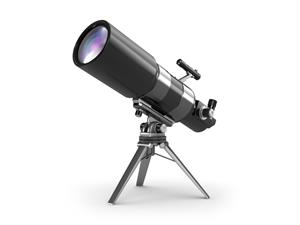
PUMPA - SMART LEARNING
எங்கள் ஆசிரியர்களுடன் 1-ஆன்-1 ஆலோசனை நேரத்தைப் பெறுங்கள். டாப்பர் ஆவதற்கு நாங்கள் பயிற்சி அளிப்போம்
Book Free DemoWe already know that a lens's ability to converge or diverge light rays is determined by its focal length.
A convex lens with a short focal length bends light rays through large angles by bringing them closer to the optical centre.
A concave lens with a very short focal length, on the other hand, causes more divergence than a lens with a longer focal length.
Power of a lens:
The power of a lens is the degree of convergence or divergence of light rays it achieves. A lens's power is equal to the reciprocal of its focal length. It is denoted by the letter P. The power P of a lens with a focal length of f is calculated as follows:
The 'dioptre' is the SI unit of lens power. The letter D stands for it. When f is measured in metres, power is measured in dioptres.
A lens with a focal length of one\ metre has a power of one\ dioptre.
The power of a convex lens is positive, while the power of a concave lens is negative.
Corrective lenses are prescribed by optometrists, who specify their strengths.
Let us say the lens prescribed by the optometrist has power equal to +2.0 D. This implies the lens prescribed is convex. The focal length of the lens is + 0.50 m.
Similarly, a lens of power –2.5 D has a focal length of –0.40 m. The prescribed lens is concave in shape.
Many optical instruments consist of a multiple number of lenses. They are combined with increasing the magnification and sharpness of the image.
The total power (P) of the lenses placed in contact is given by the algebraic sum of the powers of individual lenses.
Example:
For opticians, using powers instead of focal lengths for lenses is much more convenient. An optician places several different combinations of corrective lenses of known power in contact inside the testing spectacles' frame during eye testing. The required lens power is calculated by the optician using simple algebraic addition.
Example:
A combination of two lenses with powers of + 2.0 D and +0.25 D is equivalent to a single lens with powers of +2.25 D.
Lens systems can be designed to minimise certain defects in images produced by a single lens using the simple additive property of lens powers.

Telescope
Lenses for cameras, microscopes, and telescopes frequently use such a lens system, which consists of several lenses in contact.